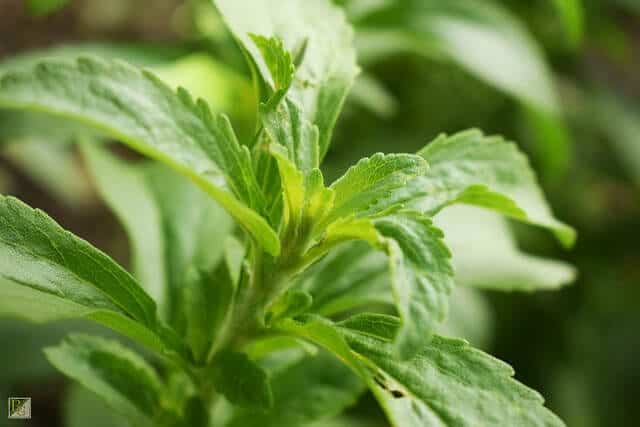Stevia leaf is now the leading choice of sweetener for most health enthusiasts, being derived from nature and adding sweetness for little to no calories. It is commonly used in coffee, but until now, there have been no real health claims found about this little leaf.
However, a recent study is revealing the potential of stevia to offer a cure to Lyme disease, a tick-borne illness.

The Department of Biology and Environmental Science at the University of New Haven, led by professor and chairwoman Eva Sapi, tested a liquid stevia extract in treating the bacteria that causes Lyme disease. This department has established research of Lyme disease for years, and trains graduate students in understanding this field.
In this latest experiment, they show that the liquid stevia extract is just as effective as the antibiotics commonly used to treat Lyme disease. These include doxycycline, cefoperazone, and daptomycin which are used to counteract the effects of the bacteria that causes Lyme disease, known as Borrelia burgdorferi. Stevia, unlike these antibiotics, actually reduced the biofilm form’s mass during testing, while the antibiotics actually had the opposite effect.
“We believe that nature put Borrelia on this planet and nature will provide a solution for it too,” said professor Sapi.
Related: Diet Soda Linked to Obesity and Heart Disease
Sapi was diagnosed with Lyme disease herself, and was shocked at the minimal amount of research she could find on treatments.
“I was terrified to learn that not much is known about what is really working for this disease,” Sapi told reporters. “That was my goal, I was on a mission, I mean, when I recovered I promised myself that we find something.”
The original findings from Sapi’s research on the stevia leaf as a cure for Lyme disease were published in the European Journal of Microbiology and Immunology in 2015, and continuation of the study has shown that stevia is still the best natural treatment that they have found. However, she is still not done with exploring this topic, and will continue to do so until human trials have been completed.
Related: The Bittersweet Truth About Sugar Substitutes
“Just because it works in a test tube doesn’t mean it’s going to work in a human body, so we didn’t stop,” Sapi said. Clinical human trials will be conducted in Hyde Park, New York.
As Lyme disease becomes increasingly difficult to treat, finding a natural treatment that actually works becomes paramount. In addition, at least 300,000 people are infected with Lyme disease each year, according to the Center for Disease Control. Traditional antibiotics come with unwanted side effects, including fatigue, pain and muscle aches. These side effects can last up to six months, resulting in what is known as “chronic Lyme disease.”
As the clinical trials commence, the use of stevia as a treatment for Lyme disease may become prescribed more regularly.
Marissa is a health and fitness writer from the Tampa Bay area. In addition to researching the latest trending topics, she enjoys instructing kickboxing classes and posting incessantly to her Instagram account.


![How To: ‘Fix’ Crepey Skin [Watch]](https://cdn.vitalupdates.com/wp-content/uploads/2017/05/bhmdad.png)












